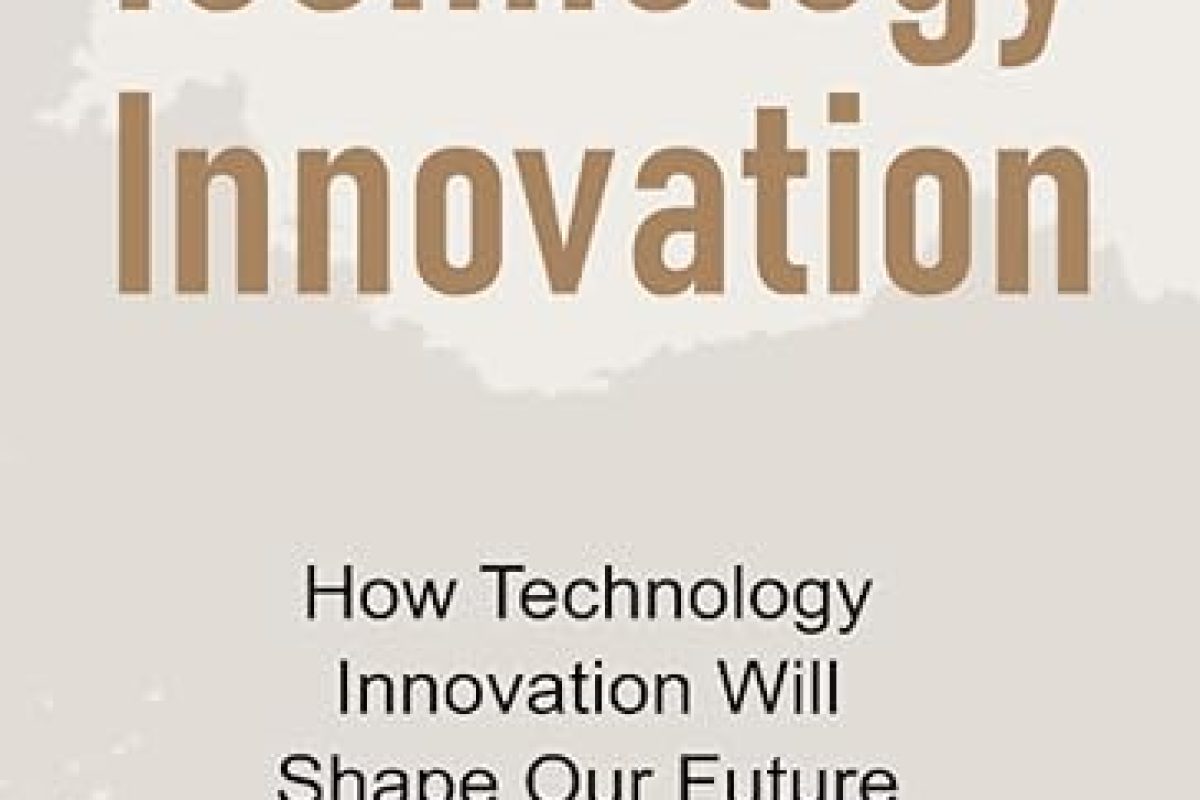“Technology Innovation: How Technology Innovation Will Shape Our Future” by Baldur Gudgeirsson is a visionary exploration into the rapid advancements in technology and their potential to reshape our world. Gudgeirsson, an esteemed expert in the field, offers an insightful and thought-provoking analysis that delves into the myriad ways technology is evolving and the profound impacts it will have on various aspects of society.
The book is structured in a logical and coherent manner, beginning with an introduction to the concept of technology innovation and its historical context. Gudgeirsson emphasizes that technology has always been a driving force behind human progress, from the invention of the wheel to the advent of the internet. He sets the stage for a deeper dive into the current technological landscape and the innovations that are poised to revolutionize our future.
One of the book’s core strengths is Gudgeirsson’s ability to explain complex technological concepts in an accessible and engaging manner. He covers a wide range of topics, including artificial intelligence, blockchain, quantum computing, biotechnology, and renewable energy. Each chapter is dedicated to a specific technology, providing a detailed overview of its development, current state, and potential future applications. Gudgeirsson uses real-world examples and case studies to illustrate how these technologies are already making an impact and how they might evolve in the coming years.
For instance, in the chapter on artificial intelligence (AI), Gudgeirsson explores how AI is transforming industries such as healthcare, finance, and transportation. He discusses the potential of AI to improve medical diagnostics, optimize financial trading, and enable autonomous vehicles. Gudgeirsson also addresses the ethical considerations and challenges associated with AI, such as privacy concerns and the potential for job displacement. His balanced approach ensures that readers are well-informed about both the opportunities and risks of AI.
The book also delves into the transformative potential of blockchain technology. Gudgeirsson explains how blockchain can revolutionize various sectors by providing a secure, transparent, and decentralized method for recording transactions. He explores its applications beyond cryptocurrencies, such as supply chain management, voting systems, and digital identity verification. Gudgeirsson’s clear and concise explanations make the complex workings of blockchain technology understandable for readers with varying levels of technical expertise.
In addition to exploring individual technologies, Gudgeirsson examines the broader implications of technology innovation on society. He discusses how advancements in technology can address global challenges such as climate change, poverty, and healthcare disparities. For example, he highlights the potential of renewable energy technologies to reduce our reliance on fossil fuels and combat climate change. Gudgeirsson also emphasizes the importance of ensuring that technological benefits are equitably distributed and do not exacerbate existing inequalities.
Another notable aspect of the book is Gudgeirsson’s focus on the future of work. He explores how technology innovation is reshaping the labor market and the skills required for the jobs of tomorrow. Gudgeirsson argues that continuous learning and adaptability will be crucial in an era of rapid technological change. He provides practical advice for individuals and organizations on how to prepare for this future, such as investing in education and training programs that emphasize digital literacy and critical thinking skills.
Gudgeirsson’s writing is both informative and engaging, making “Technology Innovation” a compelling read for a wide audience. He successfully bridges the gap between technical detail and broader societal implications, ensuring that readers gain a comprehensive understanding of how technology innovation will shape our future. The book is well-researched, with references to current studies and expert opinions that lend credibility to Gudgeirsson’s analysis.
Taken on the whole, “Technology Innovation: How Technology Innovation Will Shape Our Future” by Baldur Gudgeirsson is an essential read for anyone interested in the future of technology and its impact on society. Gudgeirsson’s thorough and balanced exploration of various technological advancements, combined with his clear and accessible writing style, makes this book a valuable resource for both technical experts and general readers. By providing a nuanced understanding of the opportunities and challenges associated with technology innovation, Gudgeirsson empowers readers to engage thoughtfully with the technological transformations that lie ahead.




